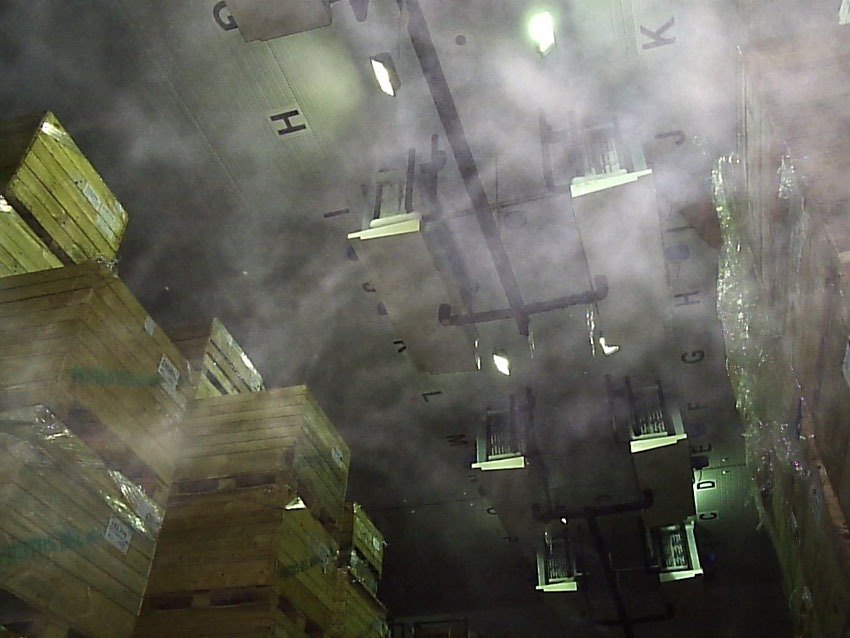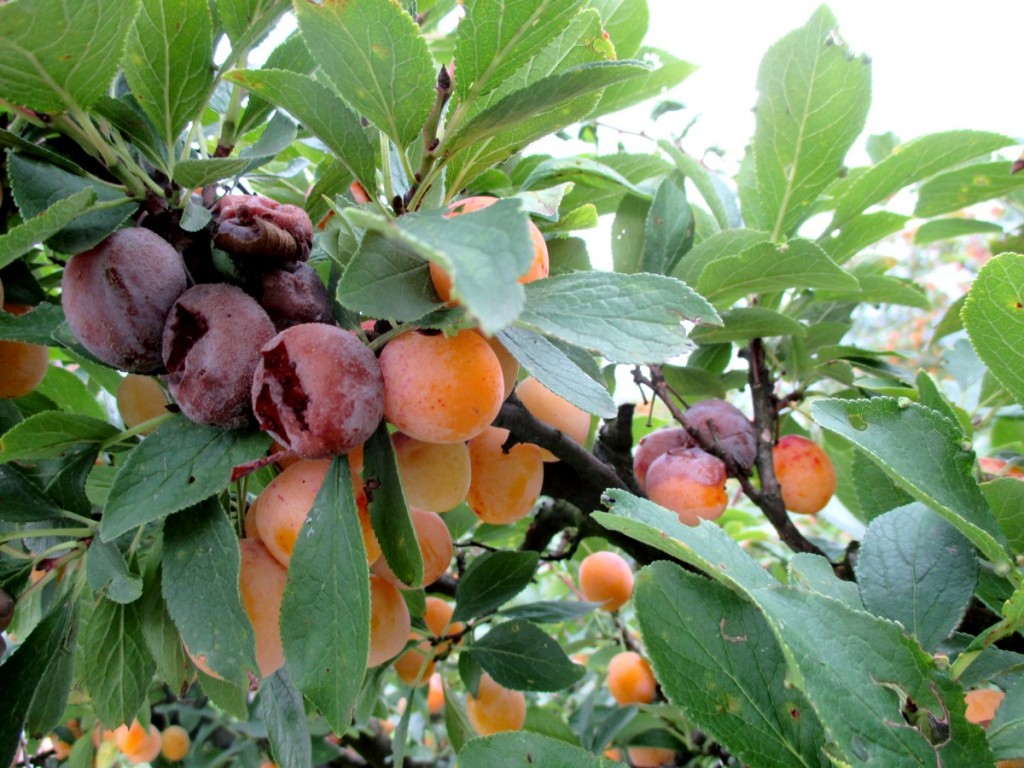QUALITY - CONSERVATION -
WHAT FOR?
There is a strong
controversy in industrialized countries about food conservation, and techniques
it involves.
Yet it is a
crucial factor, not of quality, but of maintaining the quality in its various
aspects.
https://upload.wikimedia.org/wikipedia/commons/b/b1/Evaporadores_inundados_1.jpg
It is important to
understand that conservation is an
essential aspect, not for luxury food, but for nutritional balance, and also to
significantly reduce food waste. Without these opportunities, we would be
forced to feed all winter long with bread, chestnuts and lentils. A big part of
these reserves would rot during wet winters, we would continue to have to
endure periods of famine. Our ancestors have done that for centuries, it's
true, but curiously, in the industrialized countries at least, life expectancy
increased from a little over 40 years to around 80 years in the space of a
century and a half.
The poorest countries,
which have not yet been able to achieve this level of modernization, and don't
have the same improvements, especially conservation equipment, continue to have
a very short life expectancy, strong dietary imbalances, a huge infant
mortality, frequent and deadly famines, and, lest we forget because it goes
with, an important political instability, and many situations of war.
A balanced
diet throughout the year plays an important role in this significant
improvement of situation, in conjunction with vaccines, hygiene, medicine and
comfort.
But I think it is good to
remember a key point on food conservation and quality.
The modern
human being, especially the city dweller, unaccustomed to contact with Nature
(even "agriculturised"), has no question about whether it is natural
to conserve foods. The answer is clear and sharp. Foods are mostly not "designed" to conserve when they
arrive at their optimum point of consumption, because at this point they have
completed their cycle, they arrived at the end of their usefulness to the
plant, then Nature planned to destroy them, so that they enter into another
phase of utility: its consumption by other members of the living community.
http://mapassionduverger.fr/wp-content/uploads/2013/12/IMG_0719-1024x768.jpg
The plant no longer needs
them for the dissemination of seeds, for fruits, nuts, grains, peas and beans,
or to use the reserves accumulated for other purposes (carrot for flowering,
potatoes for the new generation, etc.). In short, when the food gets to the point, it is designed by nature to degrade
very quickly.
Life has changed. It is not "natural" to
shop once a week or less, and require food purchased on Saturday are as
beautiful and as good the following Friday, despite conditions of poor or bad
conservation.
Formerly, fruits and
vegetables were harvested or purchased on a daily or at least every two days.
The animals were killed according to needs.
Conservation
techniques started with salted or dried meats and cooking. In Nordic countries,
they knew that food is better conserved in winter than in summer, thanks to the
action of cold.
These simple, empirical
criteria, acquired over the centuries have resulted, through the industrial
revolution and the latest technologies, to fantastic progress in conservation
opportunities.
A food is able to conserve
only through plant breeding efforts and technologies applied to it. These two
essential points are constantly changing.
But after
the purchase by the consumer, the food usually has only a few days of survival
potential. All passages from hot to cold it has to bear in the store and after,
quickly undo all the efforts made previously to maintain the cold chain, from
the harvesting to the store.
http://media.melty.fr/un-frigo-plein-google-fridge-trouvera-quand-image-305796-article-ajust_930.jpg
It's not by chance that one
third of food waste, occurs at the household level. Don't forget that it
amounts to the incredible amount of about 100 kg per person and per year in
industrialized countries, with food which has been purchased, transported to
the home, and discarded without being consumed. It's huge, and it is largely
due to conservation problems, not always easy to solve.
Even if the subject is
controversial, food conservation remains a crucial point for global food
security, on which substantial research is still needed. It is urgent to
develop technologies that increase the useful post-harvest life of food in
order to optimize consumption and to minimize losses while maximizing their
nutritional qualities in the conservation period.
Special efforts must be
worn on the last stages, that of shelving, and that of domestic conservation,
because they are the most critical points and most poorly mastered.
Earlier
phases are generally mastered, but it remains to develop non-controversial
methods to get there (finding alternative forms of conservation fungicides, for
example), and to generalize its setting-up in poor countries.
Conservation is a crucial
point for the future, insofar as it can significantly reduce food waste, thus
reducing the environmental impact of agricultural production.
See what I said in my
article No. 1, almost 3 years ago http://culturagriculture.blogspot.fr/2014/01/v-behaviorurldefaultvmlo_10.html
Considering
that 33% of food produced in the world (45% regarding fruits and vegetables)
are wasted, and lost before consumption, while "only" 12% of the
world population suffers from malnutrition, the resolution of waste, in theory
meets alone with two huge problems of humanity:
- Hunger in the world at
the level it stood at the publication
of the FAO report, ie 870 million people affected,
- The increase in world
population during the next 20 to 30 years, ie we produce enough food to
adequately feed 8.6 billion human beings, even if is maintained the same
overconsumption in rich countries.
And
conservation is most of the causes of waste, because of the lack of structures
in the places of production, and because of a poor management of the cold
chain.
http://polpix.sueddeutsche.com/bild/1.1569682.1357826763/940x528/haelfte-nahrungsmittel-muell.jpg
Progress to be made should
be targeted on the development of new conservation technologies and their
implementation among farmers, particularly in the less favored regions, but
also in shops of sale and in private homes throughout the world.
We accept it or not,
conservation is now an essential element of the sustainability of food
production, which must allow, if well controlled, an important reduction of the
environmental impact of agriculture.
It should also enable a
significant reduction in food distribution problems, and access to sufficient
and balanced nutrition for poor people.
Food conservation is a huge issue that leaves no
room for controversy.




Aucun commentaire:
Enregistrer un commentaire